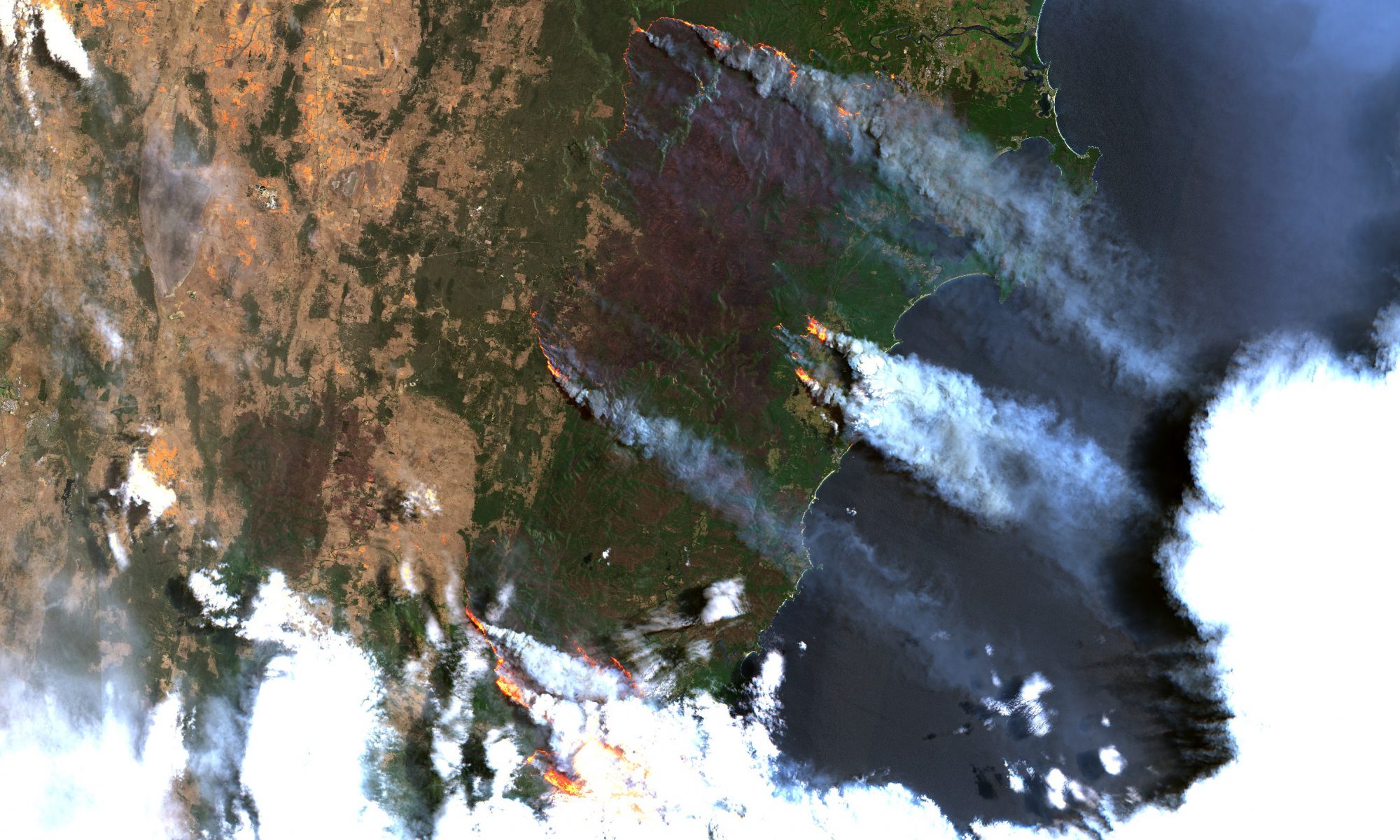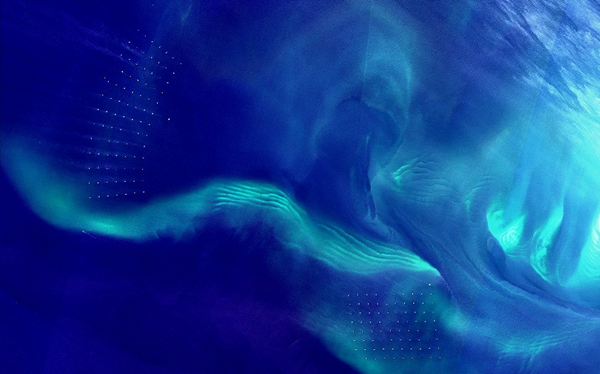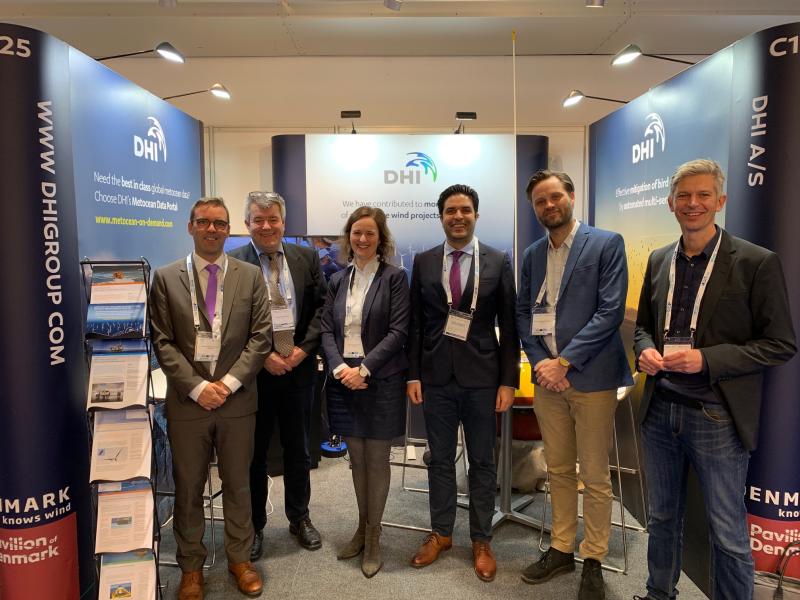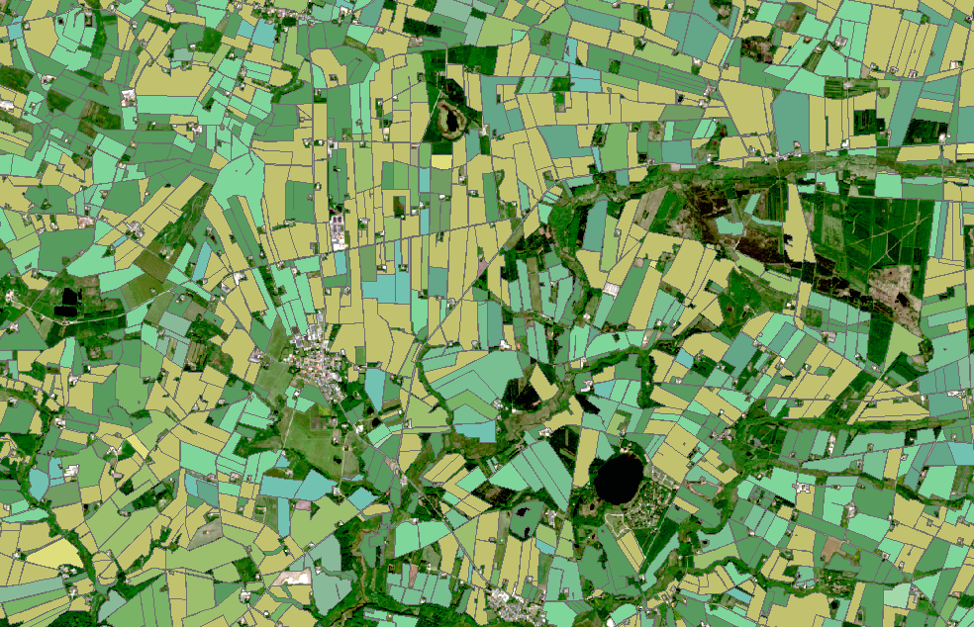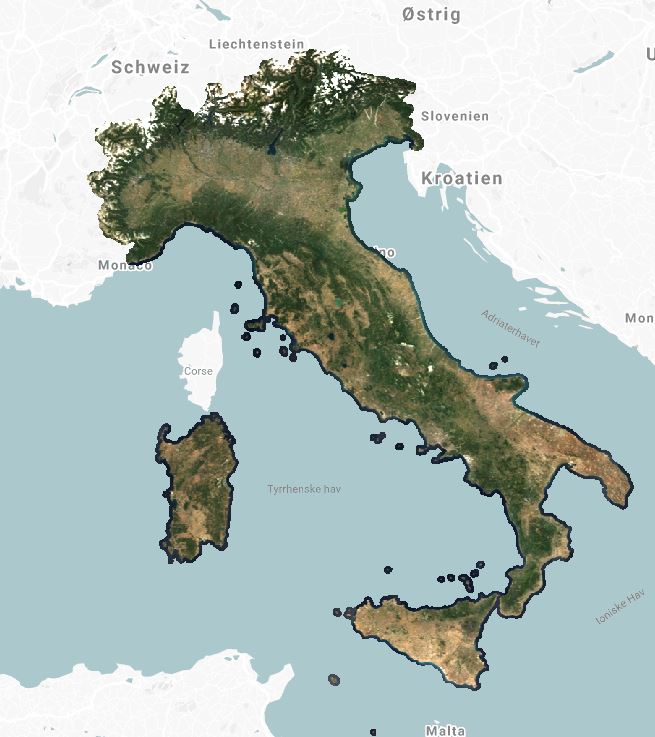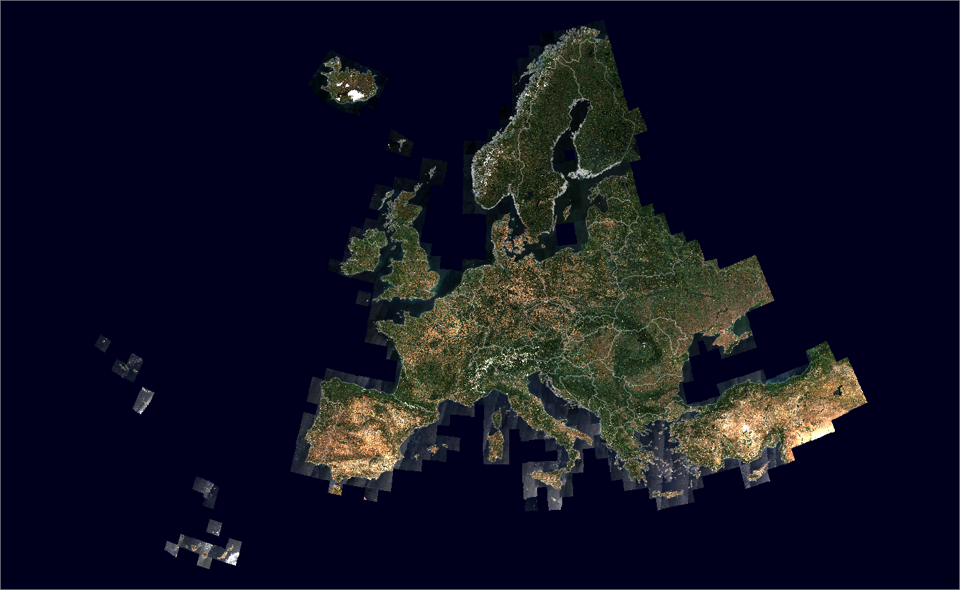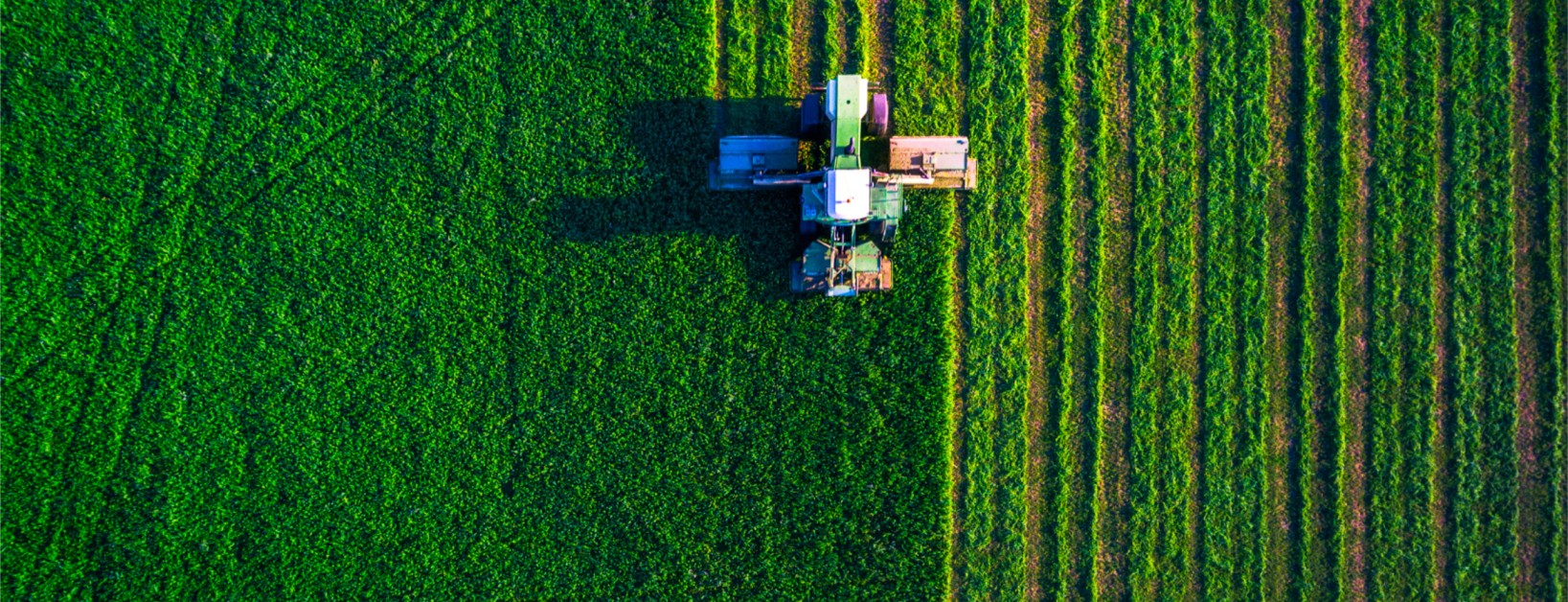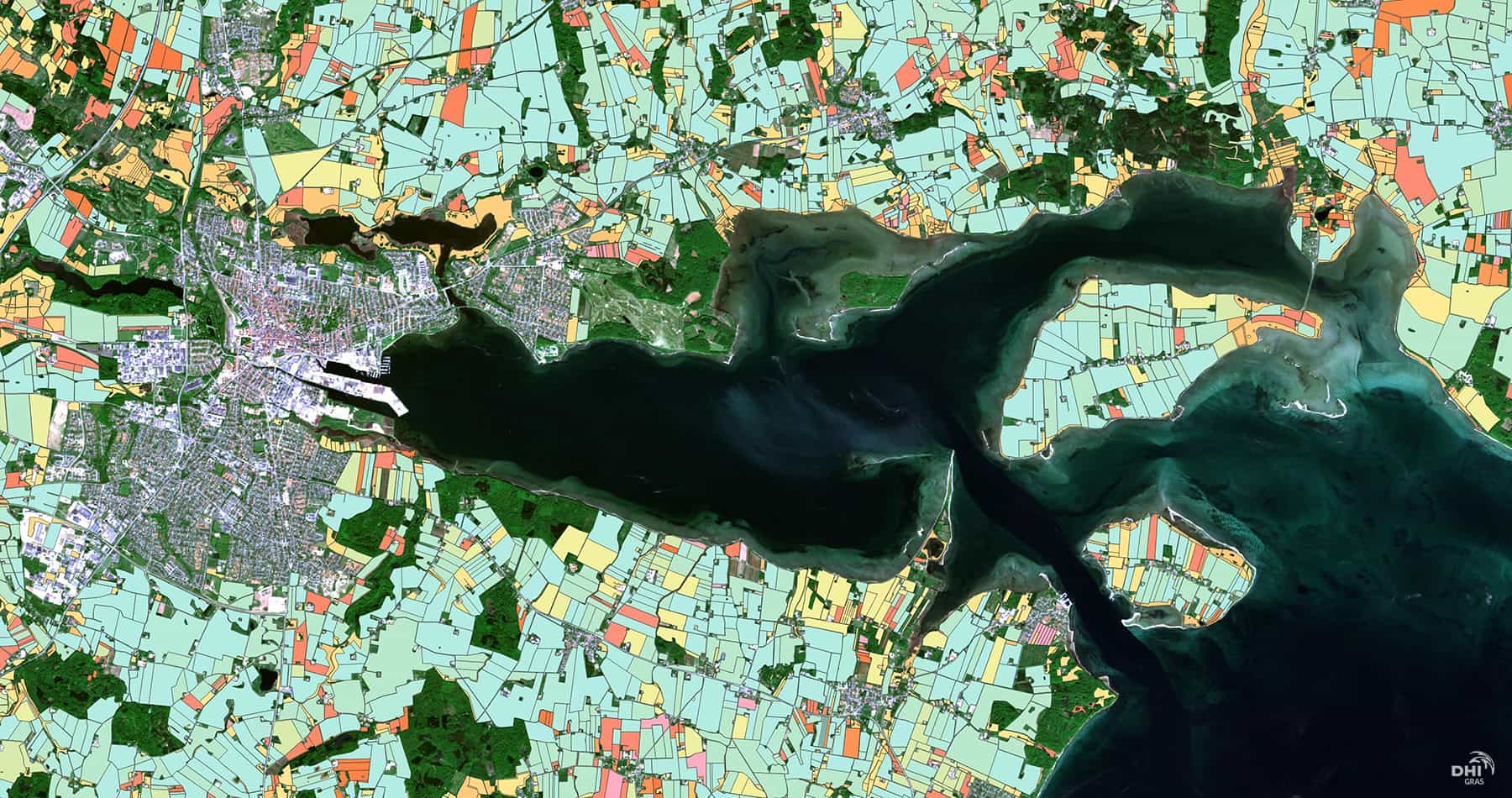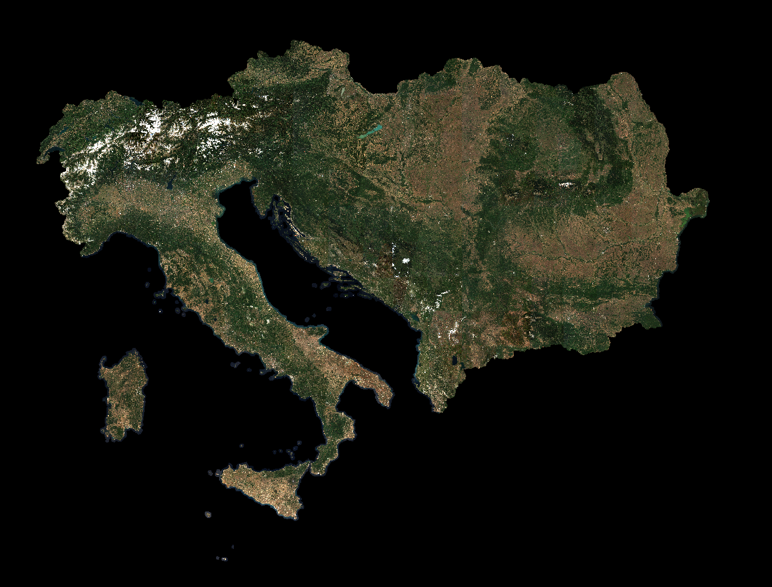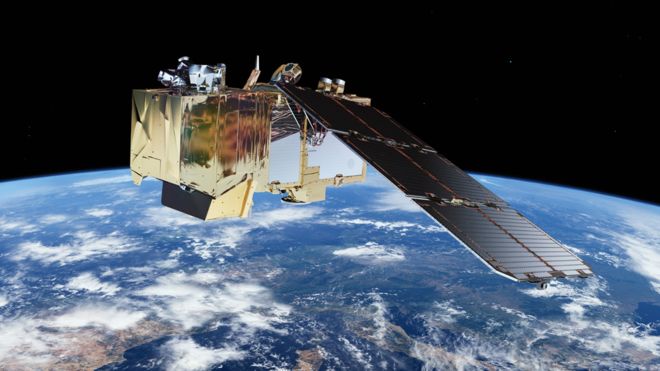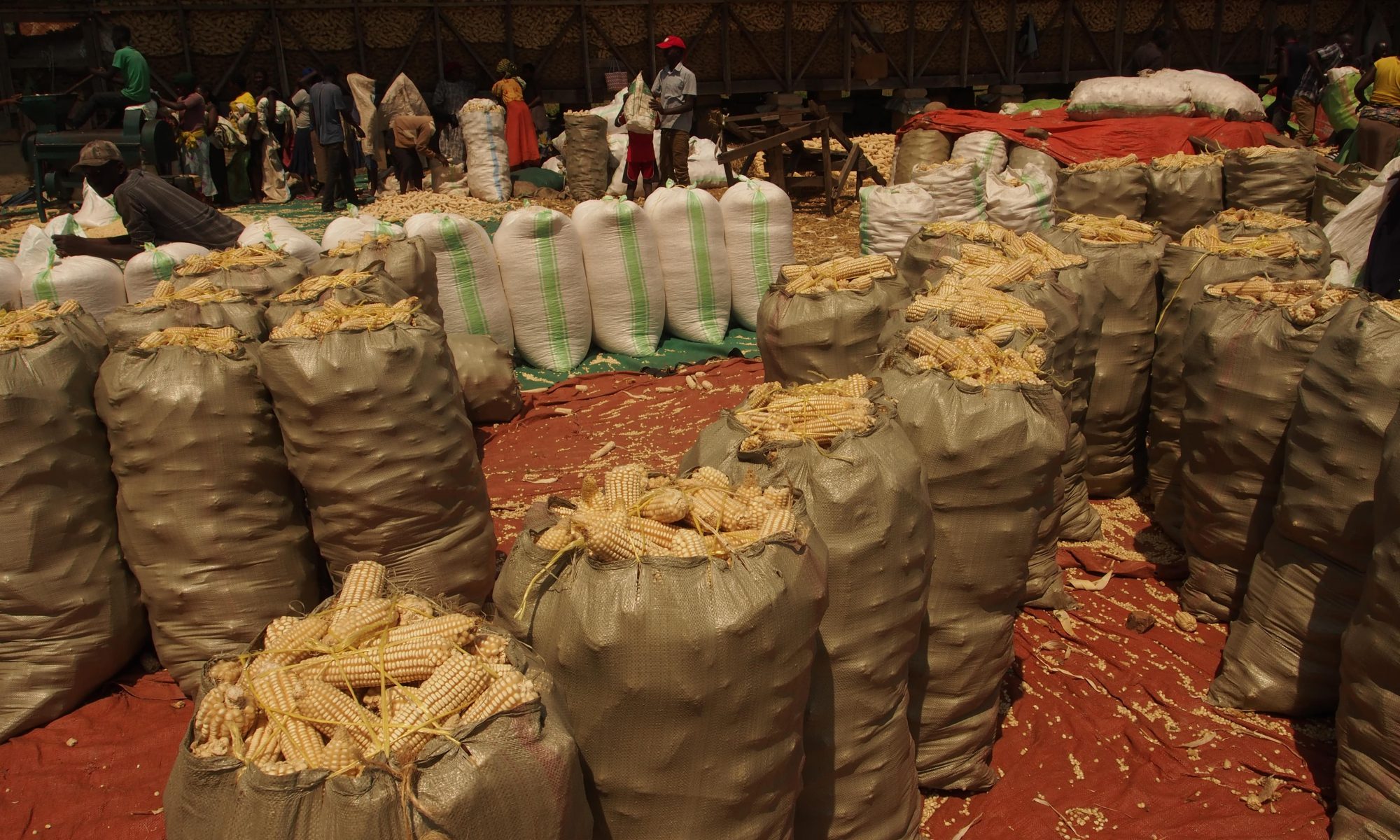Quantifying the impact of the Australian bushfires from space
16 JANUARY 2020
This year’s fire season in Australia is widely regarded as one of the most severe on record, causing detrimental damage to natural landscapes, wildlife, cities and critical infrastructure across the nation. Using data from NASA's MODIS satellites, we have detected an accumulated quarter of a million km2 affected by active bushfires, during the last two months, more than the total land mass of the United Kingdom.
We are saddened by the ferocious bushfires sweeping across Australia and devoted to continuing to deliver our impactful tools and services to assist authorities in responding and scaling efficiently and effectively during such disaster scenarios. Our satellite-based product portfolio is ideally positioned to provide rapid and cost-efficient information about fire risk, impact and movement, thus offering critical tools for fire response. As an example, our high-resolution soil moisture product can be applied nationwide to conduct largescale assessments of fire risk.
Driven by our passion for change and curiosity about innovative and integrated satellite-based solutions, we continue to explore avenues to support decision makers in making critical evidence-based decisions.

